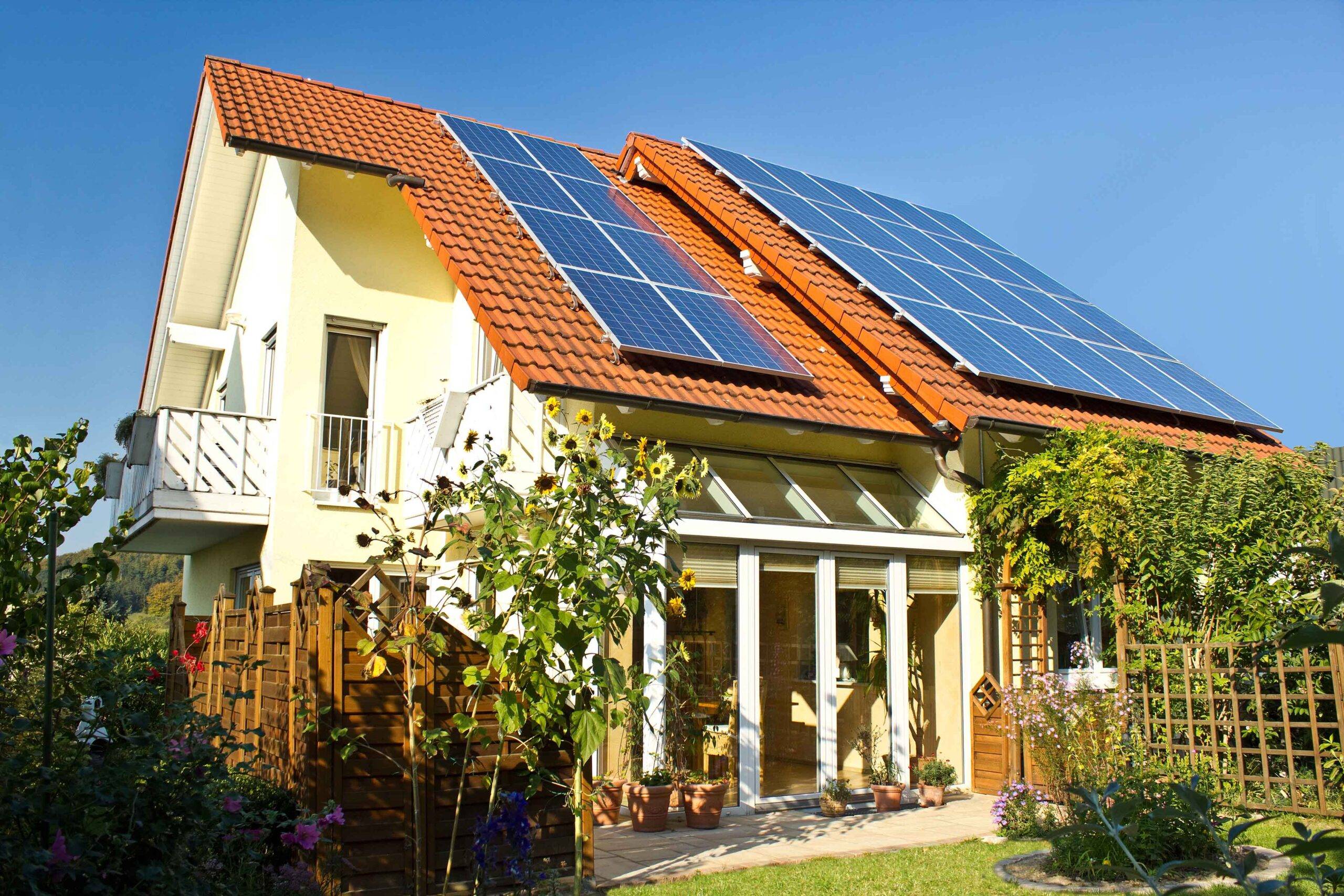In recent years, mixed-use developments have emerged as one of the most dynamic and appealing trends in property investment. Characterized by the integration of residential, commercial, and sometimes even industrial spaces within a single development, these projects are redefining the way people live, work, and play. Gone are the days when neighborhoods were strictly segregated into different zones for living, shopping, and working. Today, mixed-use developments offer a seamless blend of these activities, creating vibrant urban environments that cater to modern lifestyles. This shift is not only transforming urban landscapes but also offering new and promising opportunities for property investors. One of the key drivers behind the rise of mixed-use developments is urbanization. As cities grow more populous and land becomes increasingly scarce, the demand for more efficient use of space has intensified. Mixed-use developments address this need by maximizing the utility of land, accommodating a range of functions within a compact area. For cities facing space constraints, this approach optimizes land use and reduces urban sprawl.

By bringing together residential, commercial, and recreational facilities, these developments also promote walkability, reduce traffic congestion, and improve the quality of life for residents and visitors alike. From an investment perspective, mixed-use developments are highly attractive due to their potential for diversified income streams. Traditional property investments often rely on a single asset class, such as residential or commercial real estate. In contrast, mixed-use projects offer multiple revenue channels, including rent from residential units, retail spaces, offices, and even entertainment venues. This diversification makes these developments more resilient to market fluctuations, as downturns in one sector can be offset by stronger performance in another. For example, while the retail sector may experience slow periods due to shifts in consumer behavior, the residential or office spaces within the same development can continue to generate steady income. This layered approach to investment mitigates risk and enhances long-term returns. Another advantage of mixed-use developments is their ability to create self-sustaining communities. By combining residential spaces with amenities such as grocery stores, gyms, restaurants, and entertainment options, these developments reduce the need for residents to travel long distances for everyday necessities.
This convenience not only appeals to residents but also fosters a sense of community and engagement. Furthermore, the integration of various new build leeds within a single development often leads to higher property values, as the added convenience and appeal of such spaces tend to attract both residents and businesses willing to pay a premium for proximity and accessibility. In conclusion, the rise of mixed-use developments represents a new frontier in property investment, offering a sustainable and profitable approach to urban growth. As cities continue to evolve and adapt to the demands of modern living, these developments will likely become an increasingly important part of the urban fabric. For investors, they present a compelling opportunity to diversify portfolios, reduce risk, and capitalize on the growing demand for integrated, multifunctional spaces. The future of property investment is undoubtedly being shaped by the innovative and adaptable nature of mixed-use developments.
Categories: Business